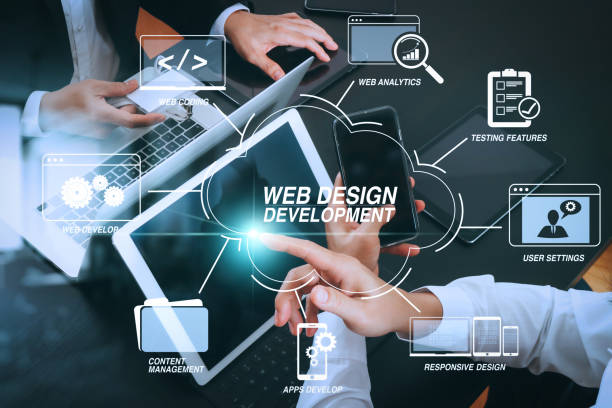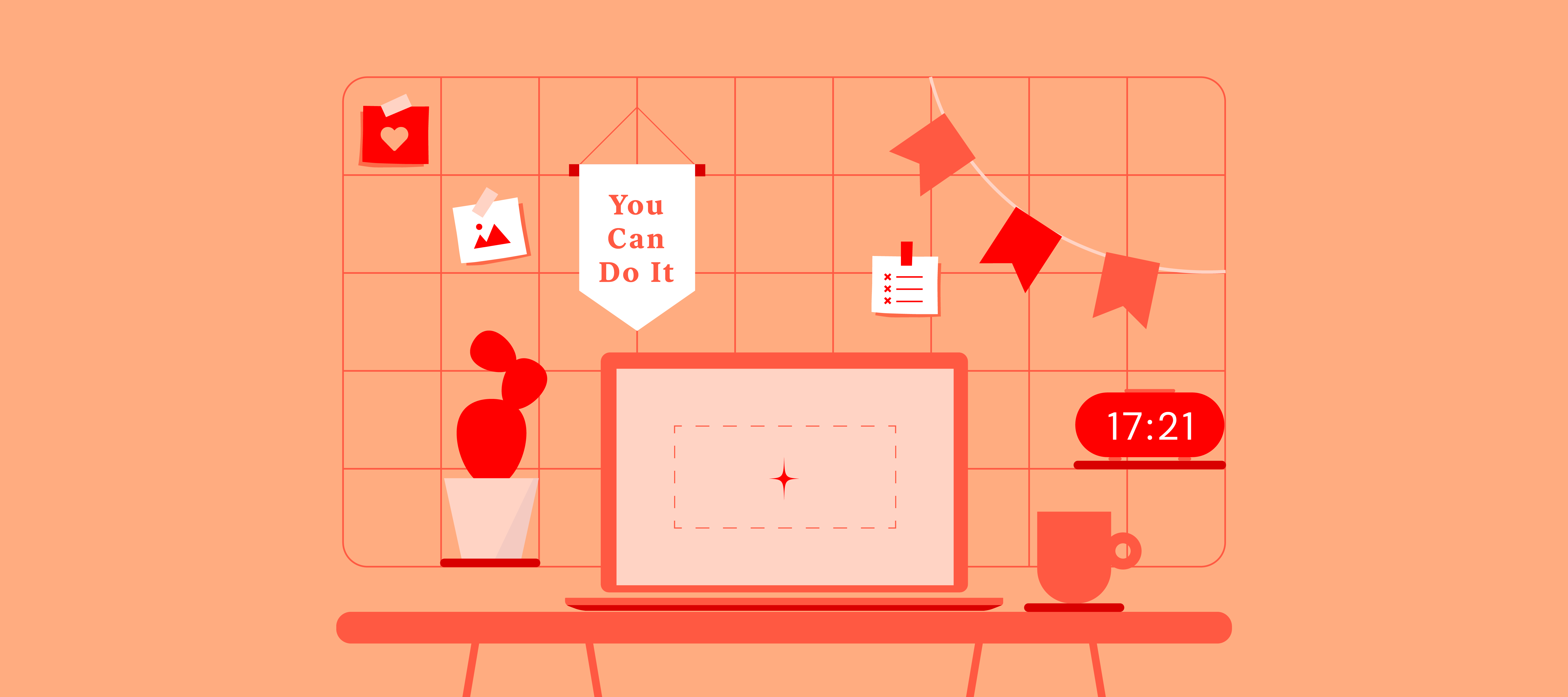Aligned Position Web Design: Boost Your Brand’s Visibility with a Stunning Website
Aligned Position Web Design: Boost Your Brand’s Visibility with a Stunning Website
Blog Article
The Ideal Kinds Of Web Style to Boost Customer Experience and Engagement
In the ever-evolving landscape of electronic communication, the performance of website design dramatically impacts individual experience and involvement. Various style methods, such as minimalist, responsive, and interactive designs, each deal special benefits that can deal with diverse customer requirements. Recognizing which kinds of website design best serve these goals can be essential for organizations intending to enhance client fulfillment and retention. The question continues to be: which layout elements genuinely resonate with individuals and foster significant engagement? The exploration of these principles exposes important understandings that may redefine your technique to website design.
Minimalist Website Design
As electronic landscapes become significantly messy, minimalist website design has emerged as an effective method to boosting user experience. This layout approach focuses on simplicity, concentrating on vital aspects while getting rid of unnecessary diversions. By utilizing ample white room, simple navigating, and a minimal shade combination, minimalist style fosters quality and routes customer interest to vital content.
The core concept of minimalist Web layout is to develop a smooth interaction for users. By lowering cognitive load, users can quickly comprehend details without really feeling bewildered. This direct strategy not just enhances usability but also encourages engagement, as visitors are most likely to discover a website that is very easy and aesthetically appealing to navigate.
Furthermore, minimalist style often stresses typography and images, utilizing these aspects strategically to share messages efficiently. This concentrate on vital parts can boost brand name identification and produce a memorable user experience. Fundamentally, minimalist Web design is not just a trend; it is a thoughtful methodology that acknowledges the value of user-centered design. By removing away peripheral elements, designers can create a much more interesting, effective, and satisfying Web experience for all customers.
Responsive Web Design
In today's diverse electronic setting, receptive website design has actually ended up being essential for developing a seamless customer experience throughout a wide range of gadgets. As users accessibility web sites on smartphones, desktop computers, laptops, and tablets, the ability of a site to adjust its layout and web content to various screen sizes and resolutions is critical.
Receptive Web design uses flexible grids, photos, and CSS media queries to make sure that Web content exists ideally, no matter the device made use of. This method not only improves the visual appeal of a site however also substantially improves use. Individuals are more probable to engage with a website that uses a consistent experience, as it removes the frustration of having to zoom in or scroll exceedingly.
By adopting receptive design, services can improve their visibility and reach a broader target market. In summary, receptive Web style is an essential technique that boosts individual experience, involvement, and general complete satisfaction.
Interactive Web Layout
Receptive Web design prepares for enhancing user experience, but interactive Web layout takes this an action even more by involving customers in a much more dynamic means - Aligned Position Web Design. By including components such as computer animations, clickable models, and real-time responses, interactive website useful source design mesmerizes individuals, drawing them into a richer surfing experience
This strategy not only promotes interaction however also encourages users to explore content actively instead of passively eating it. Strategies such as gamification, where users earn benefits for finishing jobs, can considerably enhance the time invested on a site and improve total complete satisfaction. Interactive attributes can streamline intricate information, making it much more digestible and pleasurable.

Integrating interactive style components can likewise bring about greater conversion prices, as individuals are more probable to engage with a website that proactively includes them. Aligned Position Web Design. Eventually, interactive Web layout changes user experiences right into memorable journeys, guaranteeing that site visitors return time after time
Flat Design
Identified by its minimalistic approach, flat style highlights simplicity and functionality, his explanation removing away unnecessary aspects and concentrating on essential attributes. This design philosophy prioritizes usability, making certain that users can navigate interfaces effortlessly and effectiveness. By utilizing a tidy visual, level design removes the mess typically found in more elaborate styles, thus enhancing user focus on content and capability.
The hallmark of level design depends on its use bold shades, straightforward typography, and geometric shapes. These elements contribute to an aesthetically attractive interface that is both friendly and modern-day. Additionally, flat layout promotes a sense of clarity, allowing individuals to recognize vital activities and information without disturbance.
Furthermore, level design is especially effective in responsive Web style, as its simpleness converts well throughout numerous tools and screen dimensions. By concentrating on vital features, level design not just satisfies user needs however likewise motivates smooth communication, making it an essential element of reliable Web design methods.
Adaptive Website Design
Flexible website design personalizes the customer experience by creating multiple taken care of layouts customized to various display sizes and gadgets. Unlike responsive style, which fluidly adjusts a single format, flexible layout utilizes distinct formats for specific breakpoints, making sure optimal presentation on various platforms. This technique enables developers to focus on the distinct qualities of each gadget, boosting use by providing exactly what individuals require based on their context.
Among the main advantages of flexible Web layout is its capability to optimize load times and efficiency. By offering customized content and photos that fit great site the user's gadget, websites can reduce data use and boost loading rates. This is especially valuable for users with slower connections or limited information strategies.

In addition, flexible style promotes a more regular and controlled branding experience. Considering that developers produce multiple designs, they can ensure that the aesthetic aspects straighten with the brand's identity across various platforms - Aligned Position Web Design. This causes a cohesive user experience, enhancing involvement and advertising customer retention
Conclusion
Minimalist design cultivates clearness and focus, while responsive style makes certain adaptability throughout numerous devices, advertising availability. Jointly, these layout approaches contribute to the creation of easy to use atmospheres that not only improve fulfillment however also drive higher conversion rates, highlighting their essential value in modern Web layout approaches.

Minimal style fosters clearness and emphasis, while receptive style guarantees versatility across different gadgets, advertising accessibility. Collectively, these design approaches add to the creation of user-friendly settings that not just enhance complete satisfaction however also drive higher conversion rates, underscoring their essential importance in contemporary Web style techniques.
Report this page